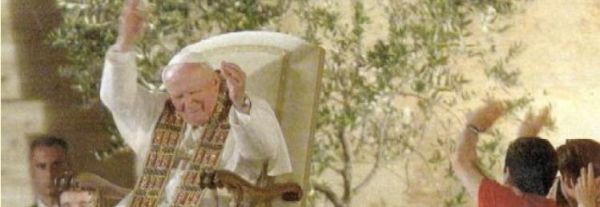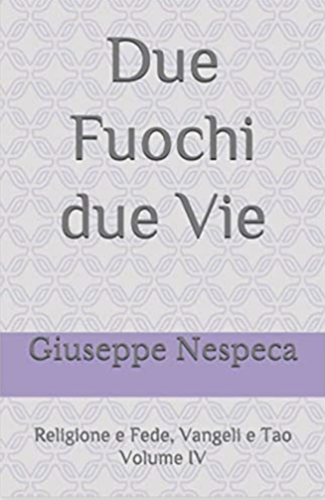18. Above all, the "just" man of Nazareth possesses the clear characteristics of a husband. Luke refers to Mary as "a virgin betrothed to a man whose name was Joseph" (Lk 1:27). Even before the "mystery hidden for ages" (Eph 3:9) began to be fulfilled, the Gospels set before us the image of husband and wife. According to Jewish custom, marriage took place in two stages: first, the legal, or true marriage was celebrated, and then, only after a certain period of time, the husband brought the wife into his own house. Thus, before he lived with Mary, Joseph was already her "husband." Mary, however, preserved her deep desire to give herself exclusively to God. One may well ask how this desire of Mary's could be reconciled with a "wedding." The answer can only come from the saving events as they unfold, from the special action of God himself. From the moment of the Annunciation, Mary knew that she was to fulfill her virginal desire to give herself exclusively and fully to God precisely by becoming the Mother of God's Son. Becoming a Mother by the power of the Holy Spirit was the form taken by her gift of self: a form which God himself expected of the Virgin Mary, who was "betrothed" to Joseph. Mary uttered her fiat. The fact that Mary was "betrothed" to Joseph was part of the very plan of God. This is pointed out by Luke and especially by Matthew. The words spoken to Joseph are very significant: "Do not fear to take Mary your wife, for that which has been conceived in her is of the Holy Spirit" (Mt 1:20). These words explain the mystery of Joseph's wife: In her motherhood Mary is a virgin. In her, "the Son of the Most High" assumed a human body and became "the Son of Man."
Addressing Joseph through the words of the angel, God speaks to him as the husband of the Virgin of Nazareth. What took place in her through the power of the Holy Spirit also confirmed in a special way the marriage bond which already existed between Joseph and Mary. God's messenger was clear in what he said to Joseph: "Do not fear to take Mary your wife into your home." Hence, what had taken place earlier, namely, Joseph's marriage to Mary, happened in accord with God's will and was meant to endure. In her divine motherhood Mary had to continue to live as "a virgin, the wife of her husband" (cf. Lk 1:27).
19. In the words of the "annunciation" by night, Joseph not only heard the divine truth concerning his wife's indescribable vocation; he also heard once again the truth about his own vocation. This "just" man, who, in the spirit of the noblest traditions of the Chosen People, loved the Virgin of Nazareth and was bound to her by a husband's love, was once again called by God to this love.
"Joseph did as the angel of the Lord commanded him; he took his wife" into his home (Mt 1:24); what was conceived in Mary was "of the Holy Spirit." From expressions such as these are we not to suppose that his love as a man was also given new birth by the Holy Spirit? Are we not to think that the love of God which has been poured forth into the human heart through the Holy Spirit (cf. Rm 5:5) molds every human love to perfection? This love of God also molds-in a completely unique way-the love of husband and wife, deepening within it everything of human worth and beauty, everything that bespeaks an exclusive gift of self, a covenant between persons, and an authentic communion according to the model of the Blessed Trinity.
"Joseph. . .took his wife; but he knew her not, until she had borne a son" (Mt 1:24-25). These words indicate another kind of closeness in marriage. The deep spiritual closeness arising from marital union and the interpersonal contact between man and woman have their definitive origin in the Spirit, the Giver of Life (cf. Jn 6:63). Joseph, in obedience to the Spirit, found in the Spirit the source of love, the conjugal love which he experienced as a man. And this love proved to be greater than this "just man" could ever have expected within the limits of his human heart.
[Pope John Paul II, Redemptoris Custos]












